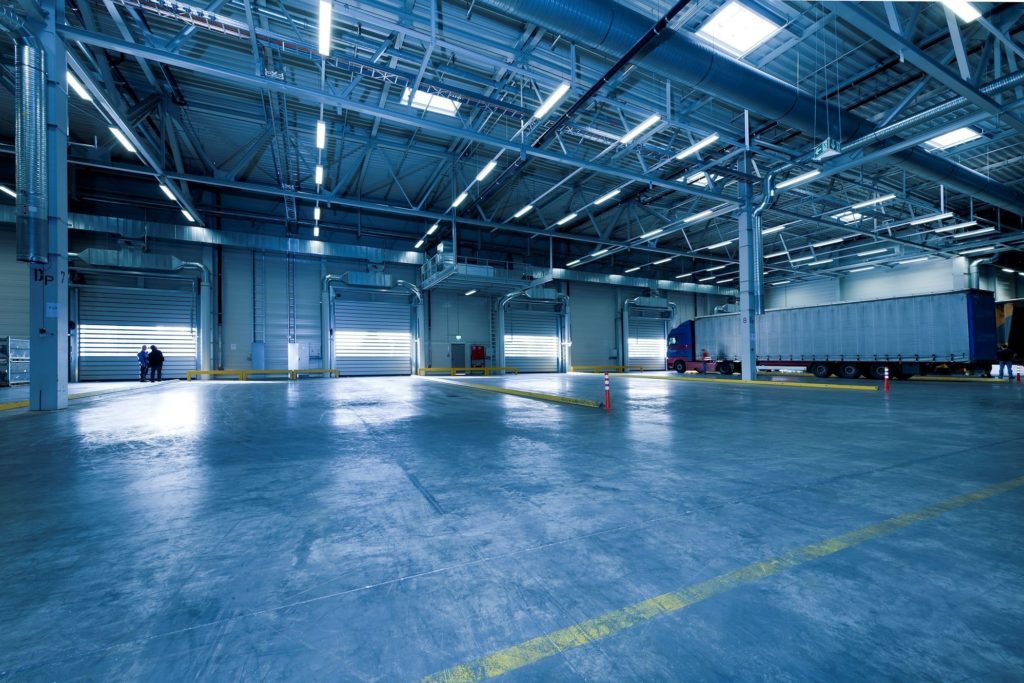Choosing the right option for your shipping needs is a tricky task because there are many different shipping options out there, including partial and full truckloads.
First, what’s the difference between a partial and full truckload? A partial truckload is a shipment of 6-18 pallets or over 8,000 pounds and does not require a whole trailer. A full truckload on the other hand, is about 26-30 pallets or 45,000 pounds and fills an entire truckload. When deciding on the best option for you, there are many factors about your shipment to take into consideration. Continue reading to determine which option fits your needs.
Partial Truckloads
A partial truckload is a great option if your shipment cannot fill an entire trailer. A third party logistic firm can utilize extra room in their trailers to transport your shipment for a cost-effective price. This allows you to pay for the space you intend to fill and nothing more.
Using a partial truckload is also a good choice if the shipment density is light but takes up a lot of space. You won’t pay for unused space, and it cuts down on the extra expenses of freight-class charges or re-classing charges. A partial truckload helps to ensure faster transit times since it is only loaded onto one truck for the duration of transit. The shipment can bypass distribution terminals along the way, leading to a faster and on-time delivery. However, the truck may need to make multiple stops along the way to drop off other partial shipments. It is important to plan accordingly with your third party logistic firm to ensure these additional stops will not delay your delivery time.
Full Truckloads
A full truckload is the best option for shipments large enough to take up an entire truck and shipments that have one pick up point and one delivery point. If that is the case for your shipment, a full truckload can be a cost-saving choice.
With a full truckload of a single shipment, less stops will be taken, helping to decrease the shipments transit time. Since it will only be loaded and unloaded onto one single truck, there is also a reduced risk of damage.
Lastly, a full truckload can save you money since pricing is usually measured by where the shipment is going and the miles traveled, not by weight or classification. If your shipment is going to a high volume location, you are more likely to get a good rate since drivers can easily refill their trucks at the ending destination

